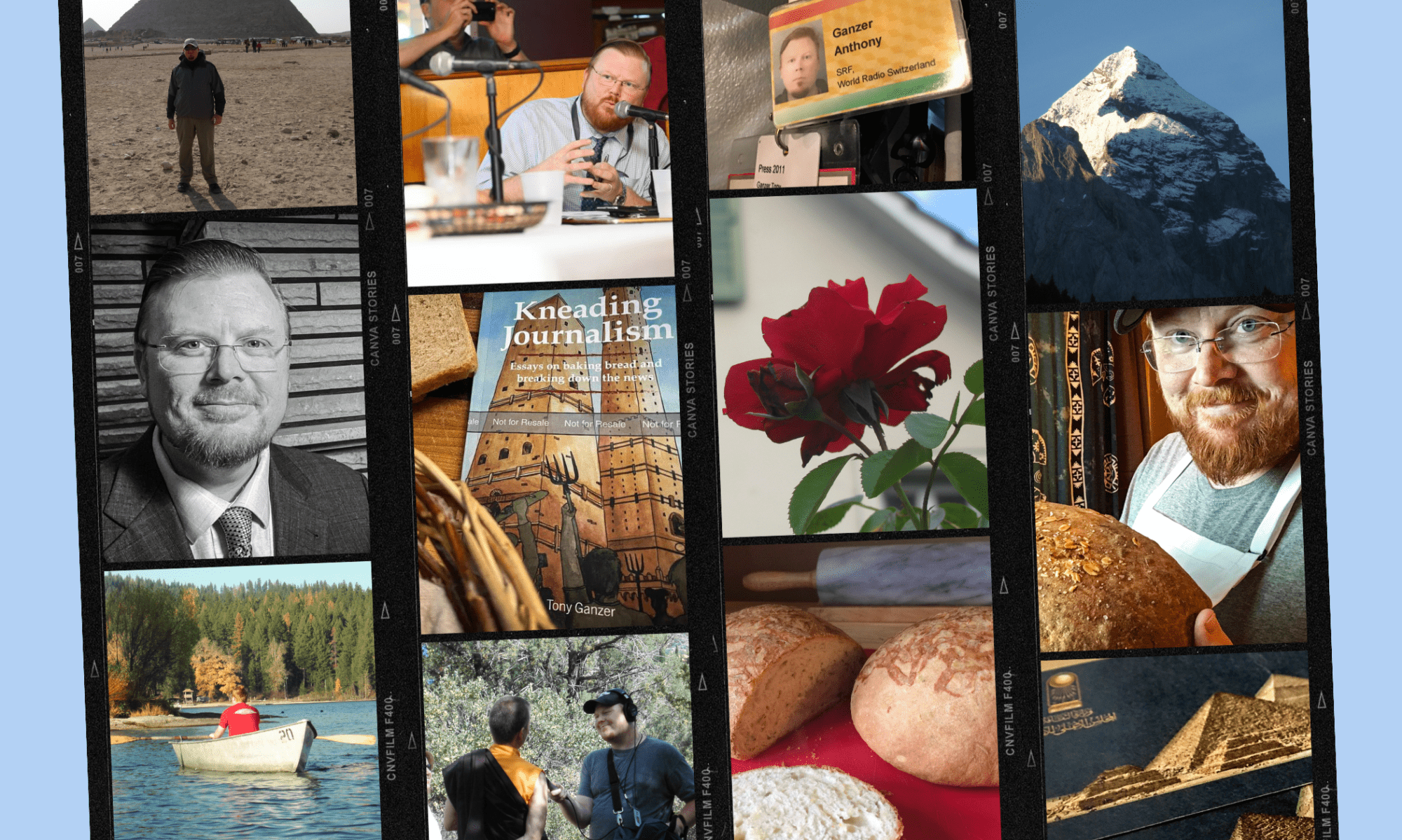The trains rumble yards from the water’s edge, in the modern comfort expected of commuter rail cars. Stepping onto the platform at Uetikon, one is immediately in the shadows cast by mountains from afar. The train rumbles away. The water laps toward shore. And the loudest sound on this lazy Sunday is that of your footsteps as you navigate the path through a village painted with neglect, but finished with antiquity.
Lake Zurich’s eastern shore is called the Gold Coast. Houses here could cost well over a million Francs, just for a view of the lake and smell of the air. Uetikon am See didn’t exude excess, though. The houses here were big, but nothing special in a world still plagued by McMansions. Many of the homes were old, and some looked forgotten by a modernized Switzerland–rusted hinges held faded shutters; chipping paint complemented over-grown flower beds.
Alongside these aging buildings are small farms, and vineyards. Neighborhoods are nourished by patches of nature. Farther from the trains, higher up the hills, the vineyards begin to dominate–homes are the minority, accommodated by eager flower-bearing vines soon made to wine.
This place might be called the Gold Coast, but it lacks the sky-high hotels and tide-watching surfers of Australia’s beach of the same name. The land here might be expensive, but many residents are still just making a living in the way their families have for hundreds of years. The wealthy who buy parts of this coast are often fleeting, but the families maintaining a livelihood are intrinsically Swiss. Their existence is what keeps the identity of this small Alpine country so palatable, and worth preserving.











